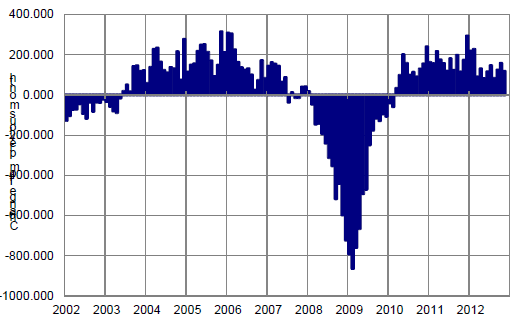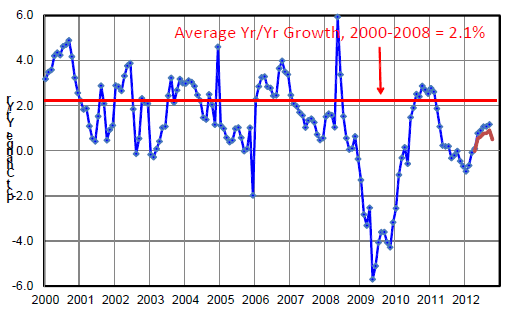



CME: How Important is Russia to US Pork, Beef?
US - “Have fun with that!“ That was the response from a Brazilian friend a few years ago when we mentioned that Russia was a growth market for US pork exports, write Steve Meyer and Len Steiner.And it was far more a warning than a wish
of good fortune! Brazil’s livestock sectors in general and pork sector in
particular said this based on a long history of dealing with Russian needs
and whims and knew full well how difficult that process could be at times.
We were once again reminded of our Brazilian friend’s warning
this week as Russia announced that it wanted all US beef and pork imported
into Russia to be tested and certified free of ractopamine, a beta
agonist feed additive used in the US and many other countries to improve
animal performance in pigs and beef cattle. The US Meat Export
Federation said that the requirement could halt shipments of US products
to Russia by last Saturday, 8 December. A primary concern is simply
meeting the paperwork requirement, especially for product that is already
in transit. A Reuters report quoted USMEF estimates that there
were 210 shipping containers of US pork and beef valued at around $20
million already on their way to Russia.
How important is the Russian market to the US beef and pork
industries? The appropriate answer is “Not unimportant by any means.
Small relative to some others but growing.“ US beef companies had
shipped 121.7 million pounds of carcass weight equivalent product to
Russia through September. That figure is up 5.3 per cent versus last year and
represents 6.6 per cent of total US beef exports. It is also roughly one-third of
the amount of product shipped to Japan, our largest beef export customer,
through September. Russian exports accounted 0.6 per cent of US beef
output so far in 2012. September’s monthly beef exports to Russia
(11.982 mil. lbs., carcass) represented 0.59 per cent of September output.
On the pork side, Russia has been one of the star markets thus
far in 2012 with shipments there growing by 41.1 per cent, year-on-year, through
September. US pork processors had shipped 213.7 million pounds of
carcass weight equivalent pork to Russia, about one-fifth that amount that
had moved to our largest pork customer, Japan, and one-quarter as
much as has been shipped to Mexico. Russian exports of pork accounted
for 1.4 per cent of total September pork production. Year-to-date through
September, exports to Russia accounted for 1.3 per cent of pork output.
Does this mean that exports will stop if the Russians remain
adamant? Not necessarily—especially for pork. US pork producers and
processors have been producing non-ractopamine fed pigs for China for
some time. Beef producers could do the same, we suppose, if the markets
are large enough and pay well enough. We think the Russian situation
poses a bigger challenge for US beef exporters simply because the
“non-ractopamine“ system doesn’t appear to be as well established.
One of the damaging aspects of these situations is their leveraging
by US anti-meat and anti-modern agriculture groups. Do not be
surprised to hear some “This product is banned even in Russia so we
should ban it here, too“ demands from the usual groups that would limit
modern technology no matter how safe it has been proven to be. We’re
guessing that this action by Russia is motivated far more by protectionism
than by an abiding concern for the well-being of Russia’s citizens.
Friday’s labor report from the Commerce Department was
another of those “That’s good — no that’s bad“ pieces of information
with one’s view very likely strongly correlated with the party
that received one’s vote last month. The economy added 118k jobs in November and the unemployment rate fell to 7.7 per cent, its lowest rate since
January 2009 when it stood at 7.8 per cent. Those are the good news. The bad
news is that total employment still stands 3.3 per cent lower than at its prerecession
peak in January 2008. That figure (111.744 million) is 4.6 per cent
higher than at the worst of the recession and 1.4 per cent higher than last year.
The other piece of bad news is that the labor participation rate remains at
only 63.6 per cent of the work force, just 0.1 per cent above it’s modern low set in August
which was itself the lowest figure since September 1981. And even
though there are more jobs and a lower percentage of the work force is
out of work, we remain concerned about the amount of money they have
to spend. Real per capita disposable income yr/yr growth remains very
slow and every month of 2012 was revised down to below 1 per cent in October.
Will these growth rates support strong meat/poultry demand?










